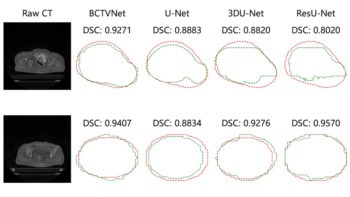A new method of computing based on chaos has replicated basic logic operations such as AND, OR and NOR. So-called dynamic computing has been developed by Sudeshna Sinha of the Institute of Mathematics in Madras and William Ditto of the Georgia Institute of Technology in the US (Phys. Rev. Lett. 81 2156). The technique is a result of their research into chaos in biological systems. Whereas quantum and DNA computers can only be used for specific operations or scientific problems, such as breaking encryption codes, a dynamic computing machine could be used for any general computing task.
It has been know for sometime that nature follows chaotic patterns that seem to allow organisms to respond to rapid changes in their environment. Sinha and Ditto have taken these equations further to form the basis of crude computer instructions. They defined a one-dimensional lattice of logistic maps in the form f(x) = ax(1-x), where the nonlinearity parameter, a, is chosen to make the system chaotic. When a point within the lattice goes above a self-regulating threshold, it triggers a response in the system, such as transferring information to another point in the network. The researchers constructed their logic operations by observing the behaviour of the threshold value. For example, if the site equals the threshold value, they treat the system output as state 1 (ON). If it is below the threshold, the site can be taken as in state 0 (OFF). By adjusting the threshold point, different types of electronic gates – such as OR and NOR gates – can be formed. Sinha and Ditto believe that the first application of their work will be in optical computing.



